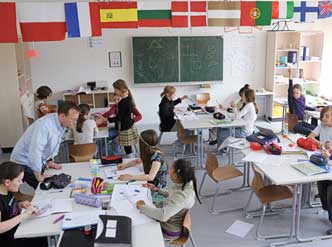
Climbing the PISA ladder
February 17, 2015 | Issue 31Since the first PISA study in 2000, changes in the system and innovations in the classroom have improved performance in Germany.


Since the first PISA study in 2000, changes in the system and innovations in the classroom have improved performance in Germany.
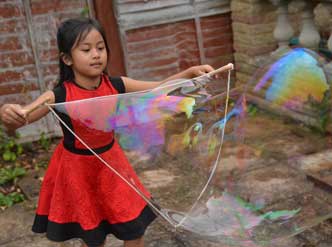
At the Royal Institution, science teacher and communicator Alom Shaha has helped develop the Experimental project to boost science at home.
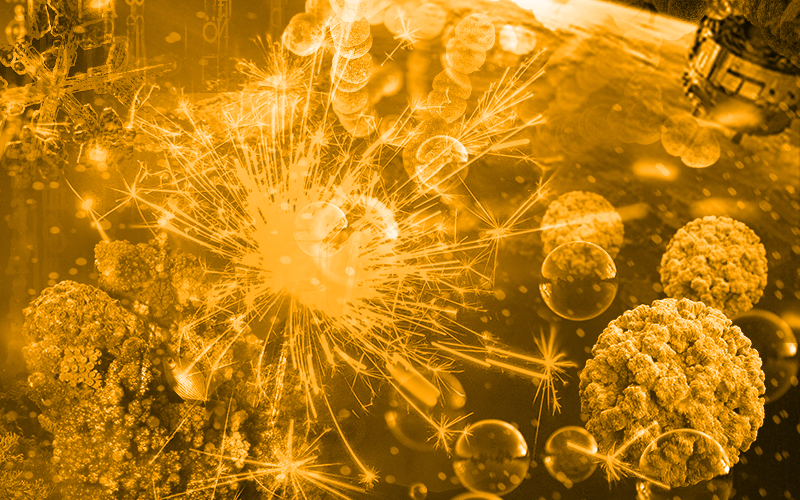
An online resource published by the Royal Society of Chemistry
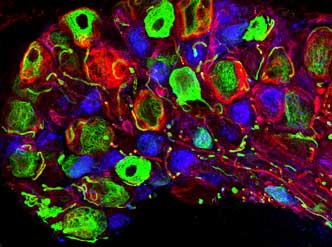
Science in School is published by EIROforum, a collaboration between eight of Europe’s largest inter-governmental scientific research organisations (EIROs). This article reviews some of the latest news from EIROs.
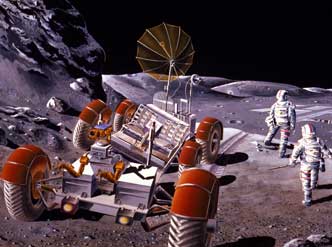
The path to the Moon is paved with many challenges. What questions do the next generation of space explorers need to answer?
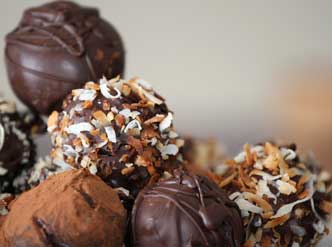
Psychology is teaching us how to make food sweeter without changing its ingredients.
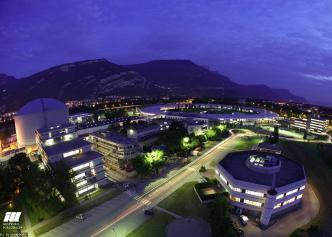
When thinking about diffraction studies, X-rays most often come to mind, but neutrons can also provide important structural information – and could help in the fight against HIV.
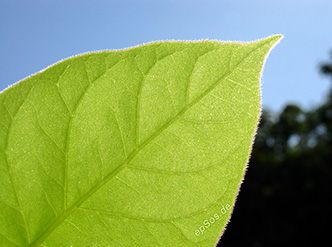
Chemistry is not always completely environmentally friendly; green chemistry is working to change that.
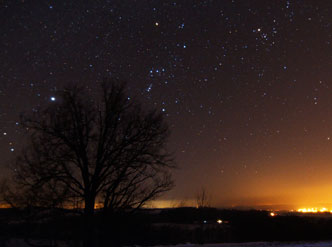
Different stars shine with different colours, and you can use a light bulb to help explain why.
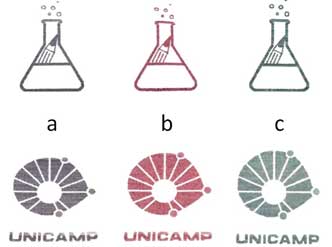
Making pH-sensitive inks from fruits and vegetables is a creative variation of the cabbage-indicator experiment.
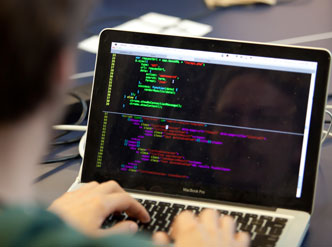
Programmes don’t need a computer – turn your students into coders and robots with just pens, paper and a stack of cups.
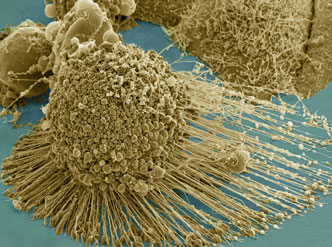
“Tell me and I forget, teach me and I may remember, involve me and I learn,” Benjamin Franklin once said. Make that quote yours and involve your students in a real cancer-research project that will teach them more than just genetics and cell death.

Now the delighted mother of healthy twin boys, I’m also happy to be back at Science in School, working with Laura and Isabelle to continue their good work on the new design of our journal.